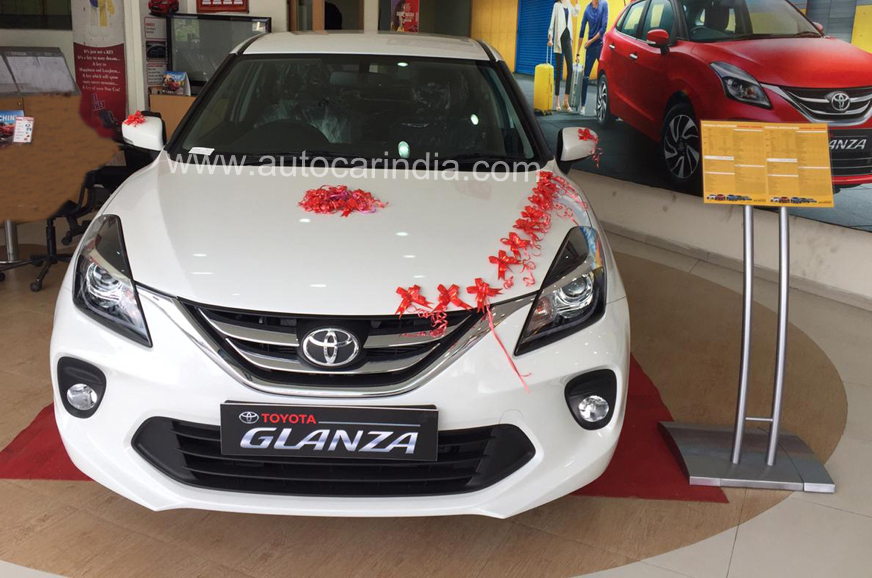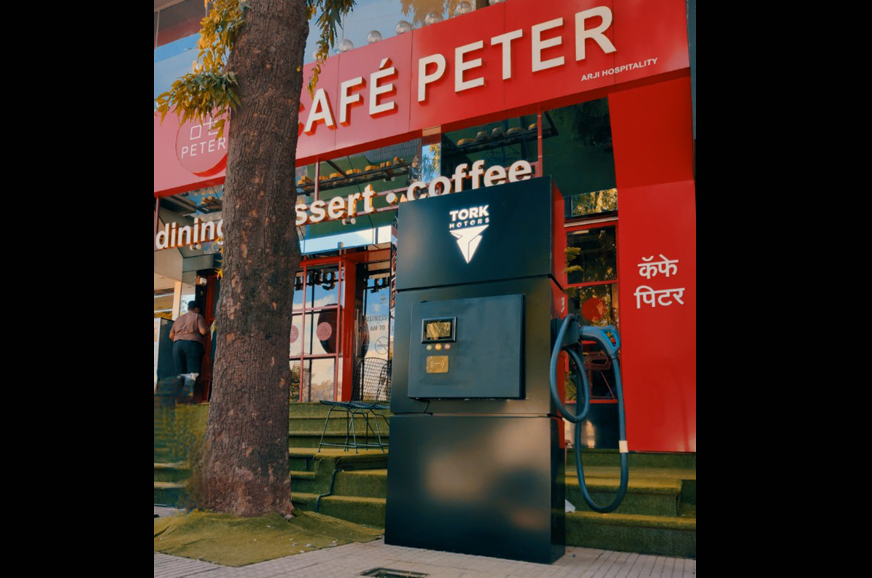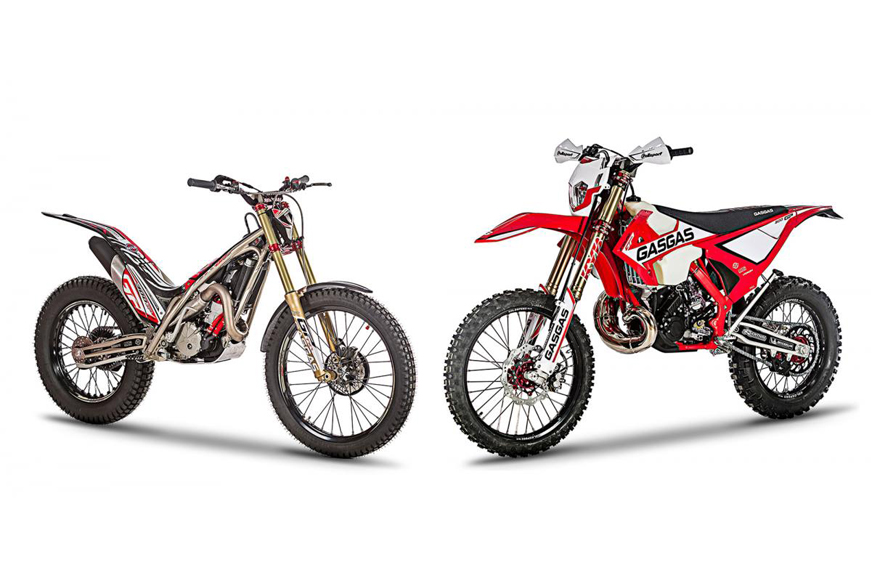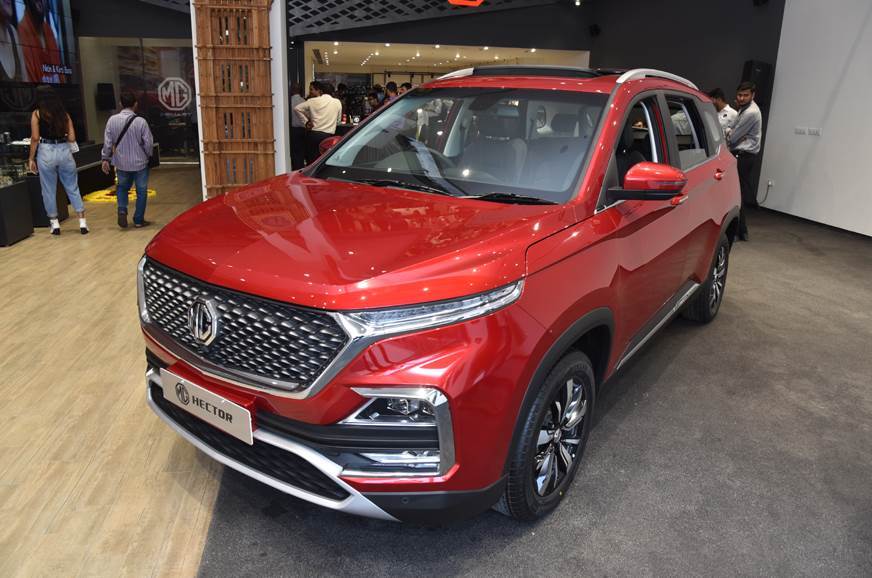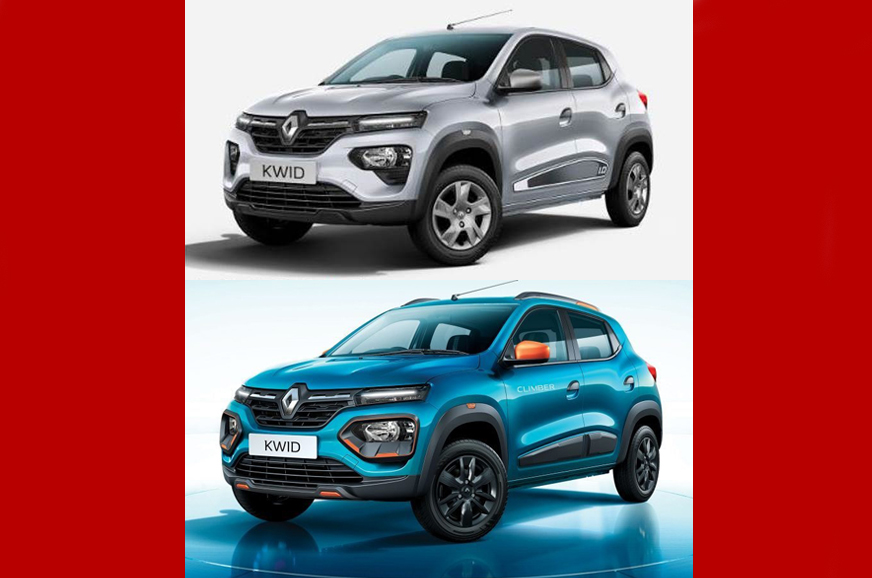
Renault has brought out the facelift for its bestselling model, the Kwid, priced at Rs 2.83-4.84 lakh. The update brings with it a fresh exterior design, more features and, importantly, makes sure the hatchback meets upcoming crash test and pedestrian safety norms. The two aspects of the Kwid facelift that continue unchanged are its mechanicals (the same BS4-compliant engines remain) and the variant lineup. The Kwid facelift is on offer in a total of eight variants – four with the 54hp, 0.8-litre petrol engine; two with the 68hp, 1.0-litre petrol-manual; and two with the 1.0-litre petrol-AMT.
| 2019 Renault Kwid facelift variant-wise prices | ||
| Variants | Prices (ex-showroom, Delhi) | |
| Standard 0.8 | Rs 2.83 lakh | |
| RxE 0.8 | Rs 3.53 lakh | |
| RxL 0.8 | Rs 3.83 lakh | |
| RxT 0.8 | Rs 4.13 lakh | |
| RxT 1.0 | Rs 4.33 lakh | |
| RxT AMT | Rs 4.63 lakh | |
| Climber | Rs 4.54 lakh | |
| Climber AMT | Rs 4.84 lakh | |
With the update, prices of the Kwid have risen by about Rs 7,000-9,000, which is justified considering the new exteriors and increase in equipment levels. Here are all the features that are on offer with each variant of the Kwid facelift:
Kwid Standard 0.8 [Rs 2.83 lakh]
- Driver-side airbag
- ABS with EBD
- Driver & passenger seat belt reminder
- Speed warning system
- Engine immobiliser
- Rear parking sensors
- 13-inch steel wheels with black hub caps
- Body coloured bumpers
- LED DRLs
- Tail-lights with LED inserts
- Passenger side wing mirror
- Heater
- Digital instrument cluster with tachometer
- Gear shift indicator
Kwid RxE 0.8 [Rs 3.53 lakh]
- Decals on the side
- Folding rear seat
- Manual AC
- Two speakers (front)
Kwid RxL 0.8 [Rs 3.83 lakh]
- Remote central locking
- Wheel covers for the 13-inch steel wheels
- Body coloured bumpers
- Contrast wing mirrors
- Power steering
- Front power windows
- Single-DIN audio system with USB, Aux and Bluetooth
- 12V accessory socket (front)
Kwid RxT 0.8 & 1.0 [Rs 4.13-4.63 lakh]
- Rear parking camera
- Passenger side front airbag (option)
- Front fog lights
- Intermittent front wipers
- Chorme grille inserts
- Blacked out B-pillar (1.0 only)
- Creep function (AMT only)
- Rear power windows (option)
- Rear parcel tray
- 8.0-inch touchscreen infotainment system with Apple CarPlay, Android Auto and voice recognition
- 12V accessory socket (rear)
- USB fast charger
Kwid Climber 1.0 [Rs 4.54-4.84 lakh]
- Roof rails
- Faux skid plates (front and rear)
- Orange highlights inside and out
- Rear seat armrest
Considering the top-spec Maruti S-Presso is priced at Rs 4.48 lakh (Rs 4.91 lakh for the AMT version), it seems like Renault has priced the new Kwid very well. However, expect prices to rise in the coming months as Renault will roll out the BS6-compliant versions of the current three-cylinder engines.
Click here for Renault India models, prices, reviews, images, videos and more details
from Autocar India https://ift.tt/2ocvtVj
via IFTTT
